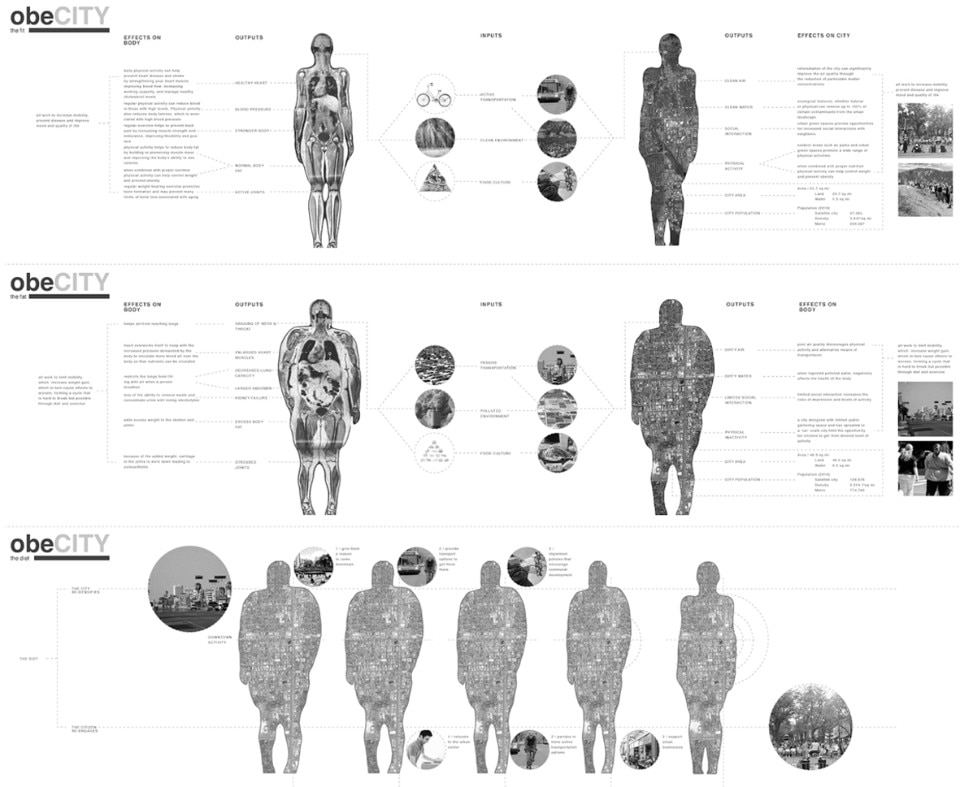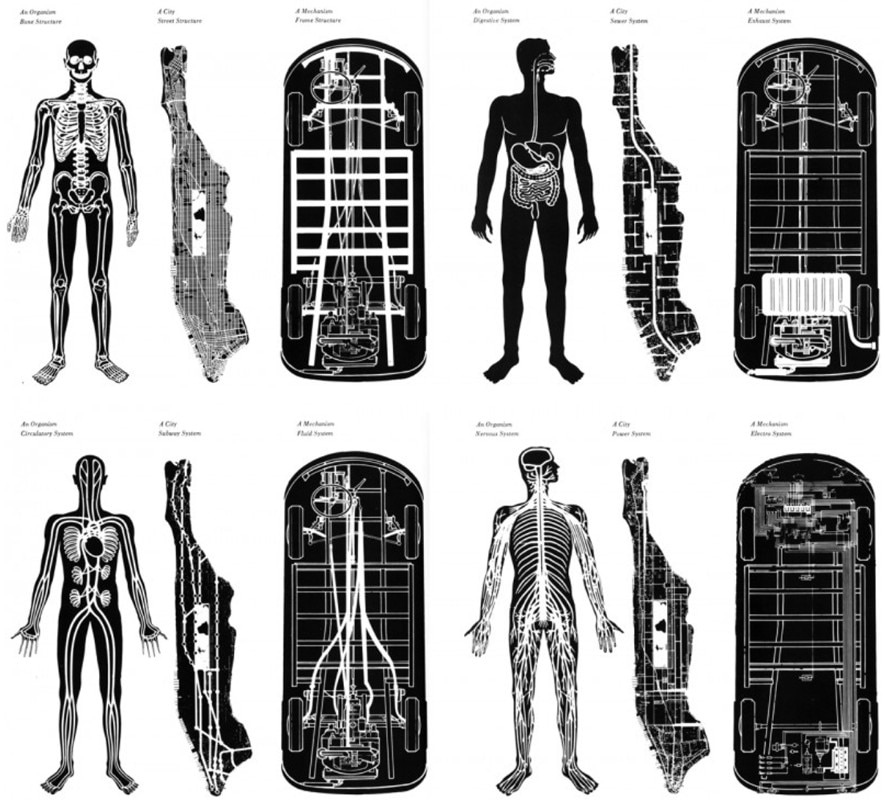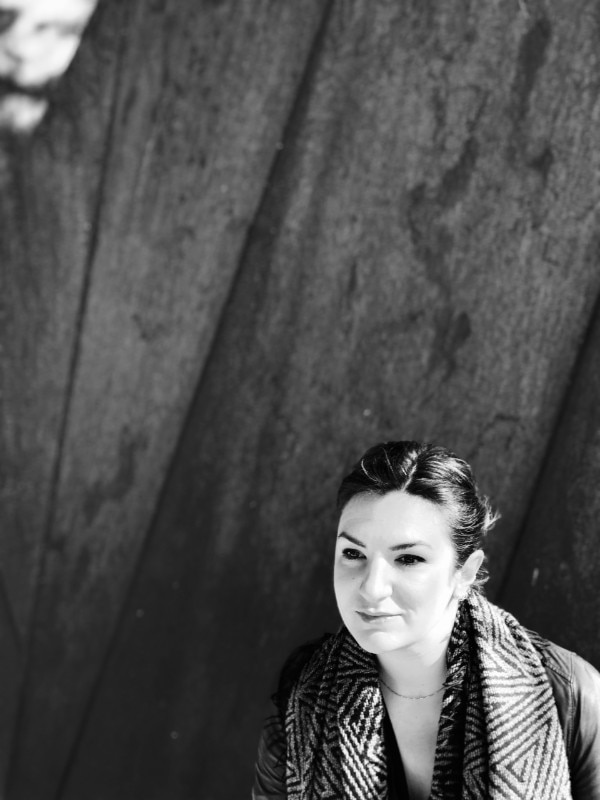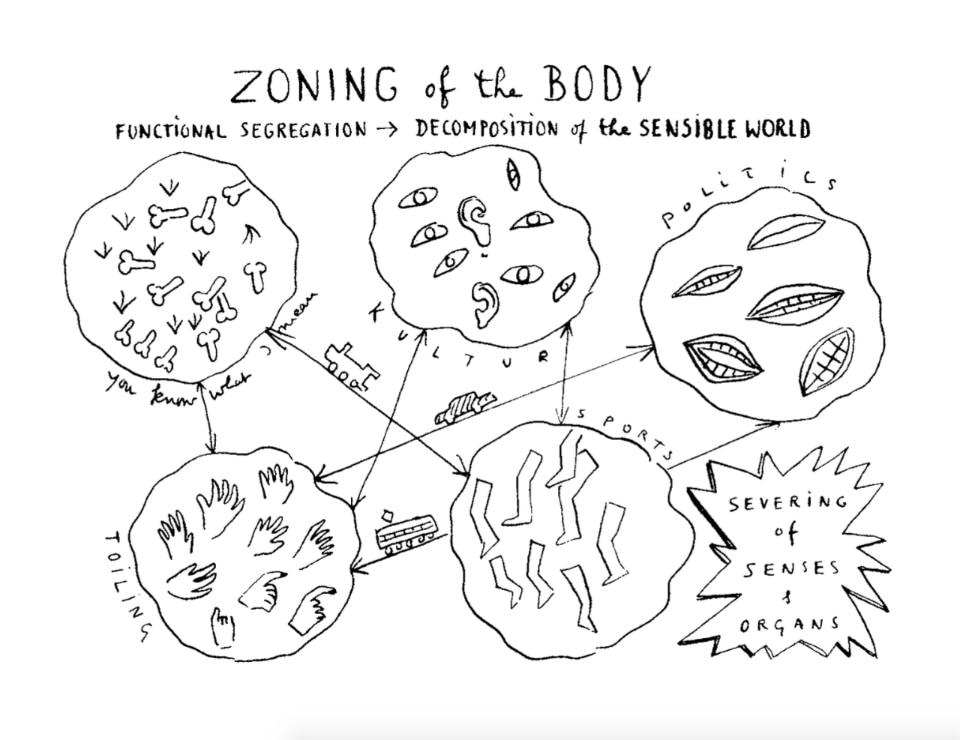The city is not a gym: summarizing in just a few lines the clever contribution that Elena Dorato’s book Preventive Urbanism. The role of health in designing active cities (ed. Quodlibet, 2020) adds to the debate on the urban health, going well beyond the reassuring evidence that the sedentary life induced by contemporary urban models has serious consequences on our lives.
The city is not a gym because, as Dorato argues, the ‘active life’ does not end with the motor training, rather evokes the complex ethical and political binds of the often-complicated relationship between the human body and the urban one, which the concept of the city has always been based on. We cannot talk about the city without focusing on bodies; this is not a new discovery, considering the long and rich genealogy of reflections, which passes through On the Causes of the Greatness and Magnificence of Cities (Botero, 1588) as well as Flesh and Stone: The Body and the City in Western Civilization (Sennett, 1996), and where Dorato’s work is located today. The impossibility of separating the city and the bodies, not limited to physiatric issues only, arises on every page of her book, whose second part (Shaping Cities for Health and Movement), for instance, is a lucid history of the city told through the body, from the mid-nineteenth-century Industrial Revolution, when the urban planning rose as a modern discipline, to the contemporary context and its changes, with the health and socio-demographic repercussions well described in her book.

The city is not a gym, namely a space specifically designated as gymnastic exercises, because it abstains from any location expertise destined to perform a unique and possibly definitive use, as in the best zoning tradition: “(…) ‘looseness’ represents an additional quality that positively defines the urban public realm, in contrast with those ‘tight spaces’, produced by design and regulation in the attempt to fixedly pre-determine appropriate uses” (p. 45). One of Dorato’s most seductive arguments is that the functional atomization of the city corresponds to the analogous dissection of the body, reduced to a mechanical summation of organs with specific tasks. The choice of Leon Krier’s design for the book’s cover – Zoning of the Body. Functional segregation → Decomposition of the Sensible World, 1978, a part of a set of illustrations that accompanies the reading as an equally compelling parallel story, as the result of a cultured but never banal selection – is a very intense positioning: the separation of the human body through amputations in order to associate each ‘piece’ with individual non-interchangeable functions is the same the city is subjected to. Feet are not used for sport ‘only’, as in Krier’s caustic cartoon, but for the urban planning too, Secchi stated. The city is made with the feet: with the feet, and with every other part of our sensual, fragile, physiological and political, individual and collective corporeality..

Therefore, the city is not a gym, rather − and this is the salient aspect of Dorato’s theory − the whole city represents a potential field of ‘activism’, seen not only as physical exercise, but as the intensification of an active, dynamic, lively, free and creative shared life: “Active cities have their focus on the public, collective, connective urban spaces: on the great variety of spaces which are freely accessible to the public(s) for the performance of the broadest possible range of behaviors and uses, among which, of course, the practice of physical activities” (p. 35). So, it is not only about ‘preventing’, avoiding illnesses and pathologies, but about triggering possibilities for empathic body-to-body relationships with the city, through the project cardiotonic action, in which the heart, according to the most classic of metaphors, is the driving force of our body and the operational centre of our emotions. In fact, the project of the city is the real protagonist of this book (written before the Covid-19 pandemic, to which the author dedicates an inevitable remark), in a key that appears even more clear at this moment in which public space demands expansion, in terms of dimension but above all of meaning, to which we need to give simple but audacious answers: “New design experimentations, urban tools and procedures need to be developed and applied also in the more conventional spaces of the city, in order to guarantee the features of accessibility and adaptability (…)”. (p. 165).
After reading the book and finding in it the focus of the project, one would like to suggest an impertinent inversion of the subtitle, shifting the centre of gravity from The Role of Health in Designing Active Cities to The Role of Design in Activating Healthy Cities. Because this is what Dorato urges us to do: to wonder how the project of the city can initiate, nurture and make practicable its healthiness, which certainly includes health as a medical issue, but does not end there. Rather, it is the larger and more elusive idea of ‘being well’ in the city. The idea of well-being, of pleasure, perhaps of happiness.

Opening image: Leon Krier, Cartoon, 1978


